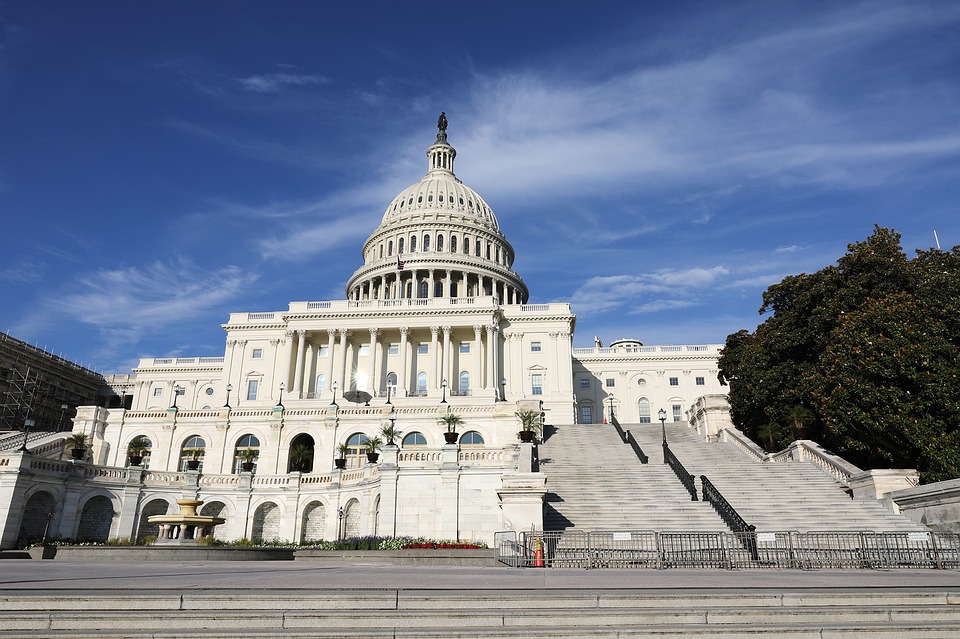If you’ve seen the recent FEUSA/PATG presentation on Voter Sentiment and Tax Policy, you know we highlight the fact that most of the tax deals happen at the end of the year when Congress has a deadline and wants to leave town.
It wasn’t much different this year as Congress approved a whole host of policy items such as government funding, a retirement security bill, the United States-Mexico-Canada Agreement (USMCA), and the National Defense Authorization Act (NDAA).
On the tax side, Congress approved a package of so-called “tax extenders,” which are a collection of temporary, narrowly targeted tax provisions for individuals and businesses that have routinely expired and then been temporarily reauthorized. The House version of the tax extenders legislation was packed with many additional provisions – mainly a huge expansion of the earned income tax credit – that pushed costs to pay for the expansion to over a trillion dollars. House Ways & Means Democrats proposed to pay for this expansion by rolling back the higher estate tax exemption rate from expiring in 2026 to expiring in 2023. PATG lobbied against using the exemption reduction as a pay for, and neither the greater expansion of the EITC nor the rollback of the exemption was made part of the final deal.
That doesn’t mean the issue will go away. It is clear Democrats will continue to push for expansions of refundable child tax credits as well as earned income credits for childless adults, which have a considerable price tag. The White House and congressional Republicans rejected the proposals as too costly and a matter that should be left for next year when there was more time to discuss them. For their part, Democrats kept the GOP from making a few technical corrections to the Tax Cuts and Jobs Act that also got pushed to next year. We will continue to monitor the tax discussions moving into next year to fight against estate tax provisions paying for the expansion of other programs.
While many believe the last-minute deal cutting was a product of Democrats wanting to prove they can “legislate and investigate” Trump as the impeachment vote and investigation took up a lot of time in DC, I would argue that it was just standard operating procedure for DC. By waiting to the end, both Republicans and Democrats held each other’s priorities ransom to be bargained off to produce the final, big spending deals. The two spending packages totaled over $1.4 trillion, which included a massive $320 billion two-year increase to the existing spending caps, which allowed for $169 billion in additional spending this year and the remainder to be spent next year. The deficit is already projected to be $1 trillion, or 4.6 percent of GDP, this year — the largest it has ever been when the economy was this strong, and there are no signs Congress will reign in spending.
So what do we have to look forward to next year?
It’s clear that the new year will continue to bring us to debate over taxes and taxing the wealthy. Nothing has seen more headlines than the war on the successful. With a widening gap between the rich and the poor being pedaled hard, many believe the populist economic messages will be well-received by voters. And they’d be correct as multiple polls – including this Morning Consult/Politico survey of 1,933 voters which had 61% favoring a Warren type wealth tax.
On the Democratic side, they will continue to push for many things not included in the end of year deal like the expansion of the EITC, and the elimination of the cap on State and Local Taxes (SALT). They are also eying up changes to the Tax Cuts and Jobs Act (TCJA), including the estate tax provisions, the lower rate on the top bracket, and the lowering of the corporate tax rate fueled by a new report that showed corporations paid 11.3 percent tax rate last year, and that 91 corporations in the Fortune 500, many worth billions of dollars, paid no federal taxes last year.
On the Republican side, there have been lots of rumblings about “Trump Tax Cuts 2.0.” What that package would include is anyone’s guess, but supposedly they are going to be more “middle class” centered.

